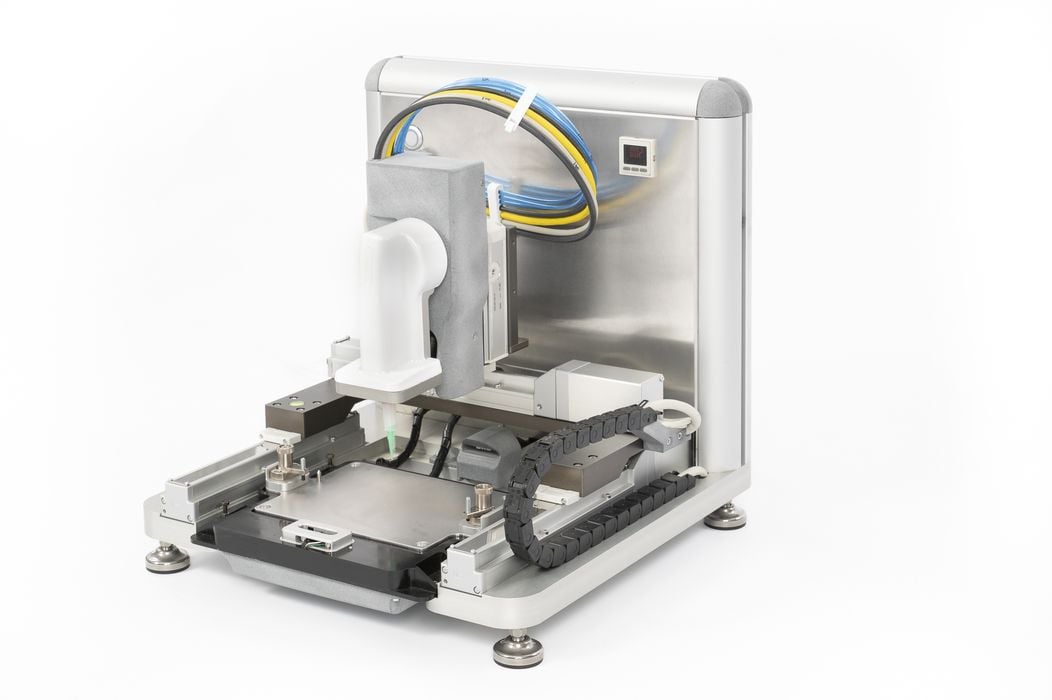
Brinter AM is going to outer space.
Wait, what is a Brinter? It’s a Finnish company that produces a specialized bioprinter, which they call “Brinter”.
A bioprinter is able to print liquids and biomaterials, including live cells, in 3D form. There are a number of possible applications, such as skin grafts, tissue replacements, and in particular the production of test rigs for medical experiments.
Currently the company markets two bio printers, the Brinter Core and the Brinter One, which we first saw back in 2021. Both machines are capable of multimaterial printing, a key requirement for bioprinting where different cells and materials must often be combined.
The news is that Brinter AM has partnered with the European Space Agency and Redwire Space NV to design, develop and qualify a bioprinting system for research purposes on the international space station (ISS). Brinter AM explains:
“Brinter AM will adapt the Brinter Core to be capable of generating in-orbit 3D bio samples and meet the high requirements for space technology. Brinter’s bioprinter will be integrated into the 3D-BioSystem facility which will operate in the Columbus module on the ISS, to test the \effects of microgravity on 3D-printed cell constructs.”
We’ve previously seen a number of orbital 3D printing experiments on the ISS, involving both polymers and metal materials. Most of these tests have been quite successful.
Why 3D print in space? The idea is that by having a compact and versatile manufacturing capability, it would be easier to produce parts onsite instead of paying the very extensive bill to freight up the parts on the next rocket. Instead you’d have printers and materials ready to make whatever is required.
In this case, we’re talking about bioprinted “parts”, or tissue.
Would the astronauts be printing replacement organs for transplant? Absolutely not: this is just the first, very tiny step in that direction. In fact, I don’t believe any bioprinting has yet been attempted in orbit.
Orbital environments are somewhat different than on the ground: microgravity can cause many changes that must be addressed in the machine design. Some 3D print processes are gravity dependent, including any powder bed-based technology. These cannot be used in orbit.
Brinter AM’s technology should be adaptable, as it is somewhat similar to the FFF process. They explain why this experiment is important:
“The 3D printing of cell constructs in space has a strong potential to become a relevant paradigm supporting human space exploration missions, both as a countermeasure to health emergency issues and as testbed materials for scientific research and development, such as personalized drug development testing, toxicology, and human spare parts. For long-term and far-distant space exploration missions, novel technologies need to be provided which allow the astronauts to treat also severe health issues autonomously, as a fast return to Earth will be impossible.”
They expect to find differences in the prints as well as the printing process itself. For example, cell growth in microgravity may take different paths than it would on Earth. Studies examining these aspects and others will widen our understanding of bioprinting in space, and possibly enable the important goals above.
Via Brinter AM
